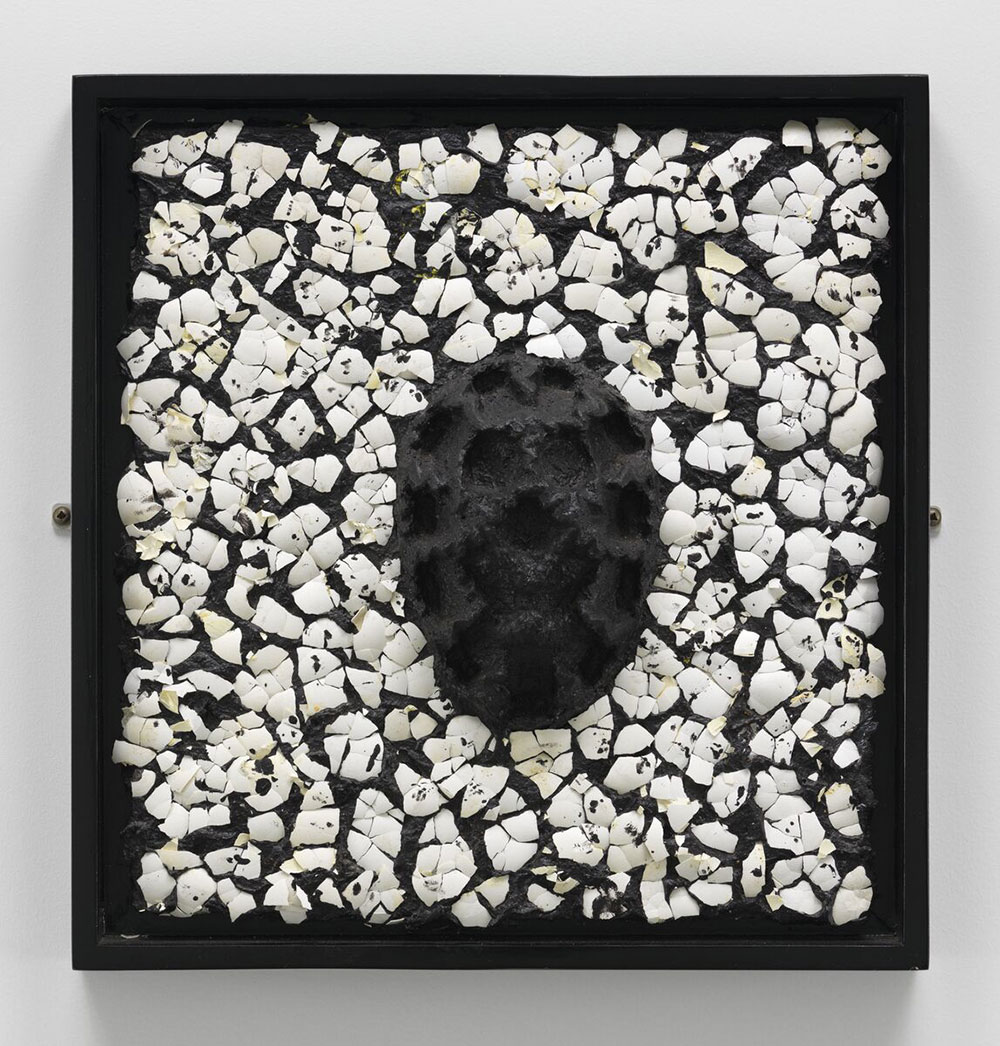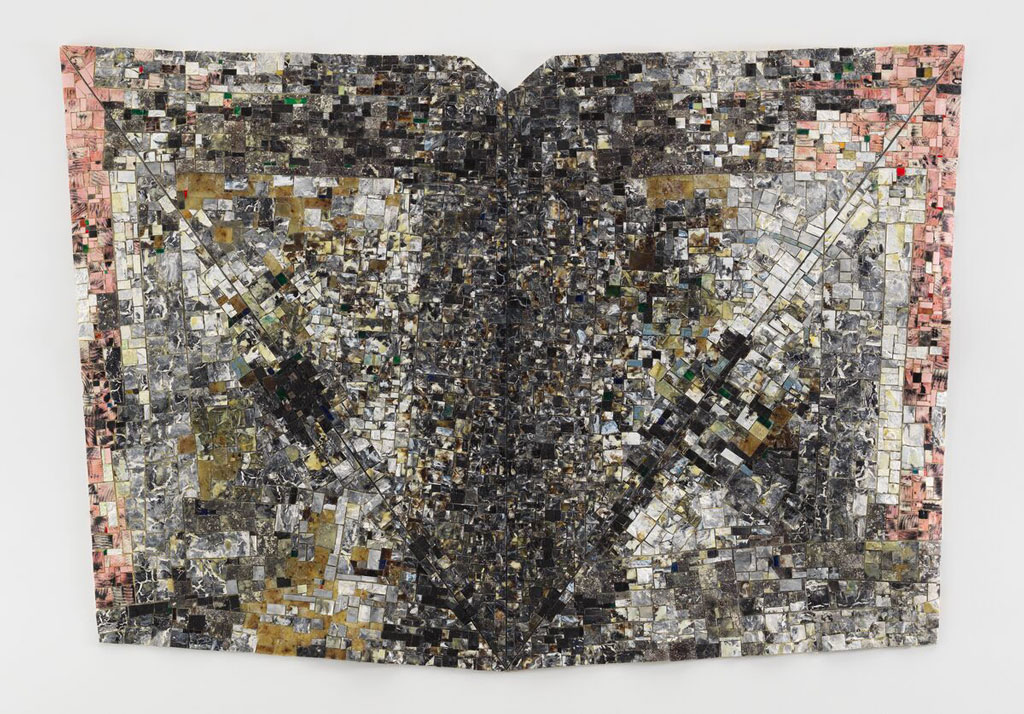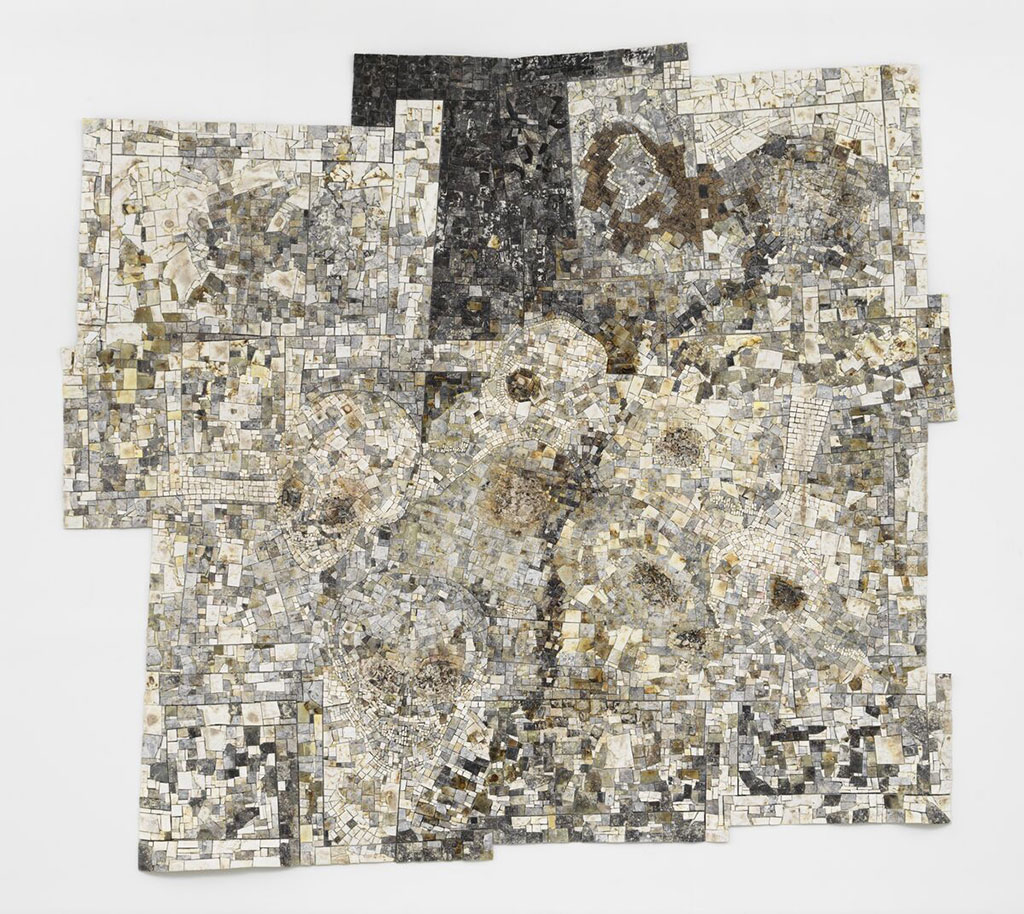ART-PRESENTATION: Jack Whitten-I Am The Object
 Jack Whitten is celebrated for his innovative processes of applying paint to the surface of his canvases and transfiguring their material terrains. Although Whitten initially aligned with the New York circle of abstract expressionists active in the 1960s, his work gradually distanced from the movement’s aesthetic philosophy and formal concerns, focusing more intensely on the experimental aspects of process and technique that came to define his practice.
Jack Whitten is celebrated for his innovative processes of applying paint to the surface of his canvases and transfiguring their material terrains. Although Whitten initially aligned with the New York circle of abstract expressionists active in the 1960s, his work gradually distanced from the movement’s aesthetic philosophy and formal concerns, focusing more intensely on the experimental aspects of process and technique that came to define his practice.
By Efi Michalarou
Photo: Hauser & Wirth Archive
The exhibition “I Am The Object” focuses on Jack Whitten’s practice from 1991 through 2000, a period of intense experimentation during which, deeply affected by tumultuous world events, he strove to incorporate them into his work. Blurring the boundaries between sculpture and painting, and between the studio and the world, the multidimensional works on view combine geometric abstraction and found objects to mine spiritual and metaphysical thematic veins. Among works on view are examples from Whitten’s “Totem” and “Mask” series of paintings, powerful elegiac works inspired by contemporary events that held deep significance for the artist. These commemorative works reveal Whitten’s ongoing fascination with African sculpture and his use of unconventional materials: acrylic, recycled glass, plywood and eggshells – in intricate, mosaic-like compositions. In “Mask II: For Ronald Brown” (1996), Whitten recalls the Commerce Secretary in President Bill Clinton’s cabinet, whose untimely death in a plane crash was mourned in the Black community across America. Whitten’s homage to Brown contains layers of reference imagery forming a triangle, reflecting the symbiotic relationship between spirituality, thought, and syntax. For Whitten, honoring the contributions by important Black figures was a recurrent theme in his work, as seen with his Black Monolith series. The “Black Monolith” series began in the mid 1980’s, in which Whitten honored various African American intellectuals from the 20th and 21st century. These laid the groundwork for the subsequent “Totem” and “Mask” works. In the context of the events of 2020, these works have acquired added significance and portent. “Totem 2000 IV: For Amadou Diallo” (2000) pays tribute to the young, unarmed Guinean immigrant whose wrongful death at the hands of four New York City plainclothes police officers ignited outrage. The layered and reflective surfaces of many of the works on view are more akin to relief sculpture than conventional painting. Whitten used pieces of dried acrylic paint chips – what he dubbed ‘tesserae,’ referring to ancient Greek and Roman mosaic tile – to construct a unique visual language enriched by the various chemical compositions of his embedded materials. In “Totem 2000 VIII: For Janet Carter (A Truly Sweet Lady)” (2000), muted monochromatic shades of grey and black are juxtaposed with a warm palette of pastels at the center of the work. In the acrylic collage “Totem 2000 VI Annunciation: For John Coltrane” (2000), Whitten pays homage to the complexity of the work created by an iconic jazz master. The artist’s deep appreciation for free composition jazz, with its spontaneous call-and-response inventiveness, surfaced as a regular motif in his work. Together, the works on view reveal an artist of extraordinary sensitivity, capable of imbuing modernist abstraction with the vibrations of historical narratives and histories and bringing the spiritual and material realms into alignment.
Info: Hauser & Wirth, 548 West 22nd Street, New York, Duration: 5/11/2020-23/1/2021, Days & Hours: Tue-Sat 10:00-18:00 (by appointment only), www.hauserwirth.com
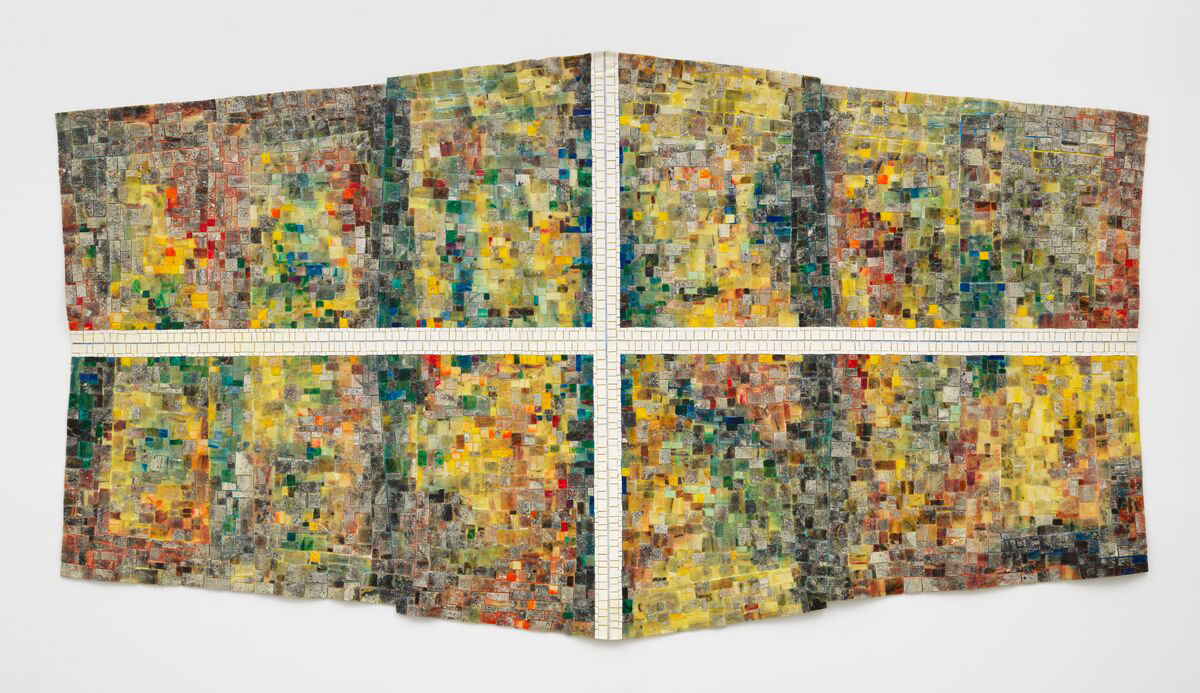
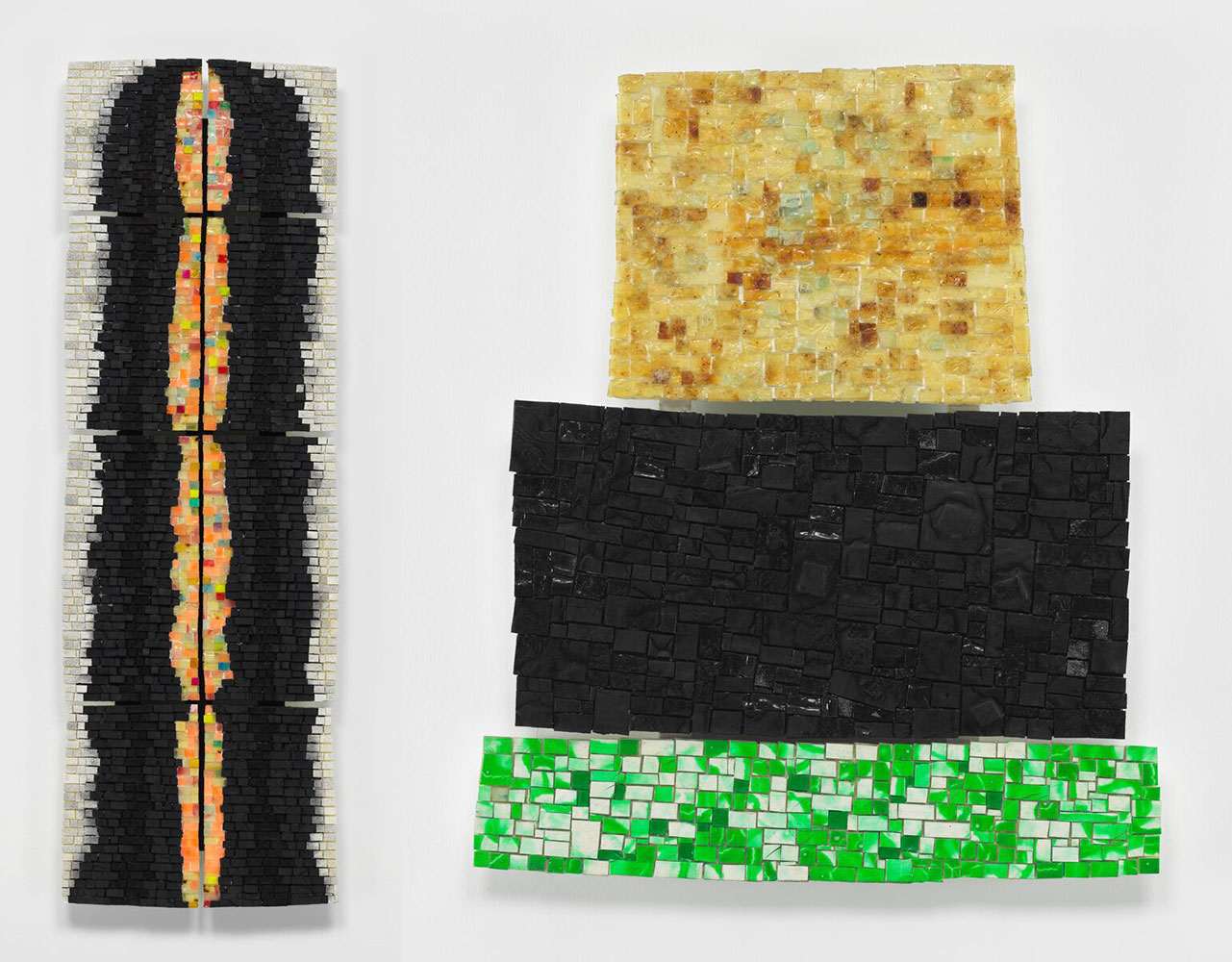
Right: Jack Whitten, Totem 2000 III, 2000, Acrylic on Plywood Panel, 71.8 x 61 cm, © Jack Whitten Estate, Photo: Dan Bradica, Courtesy Jack Whitten Estate and Hauser & Wirth Gallery
